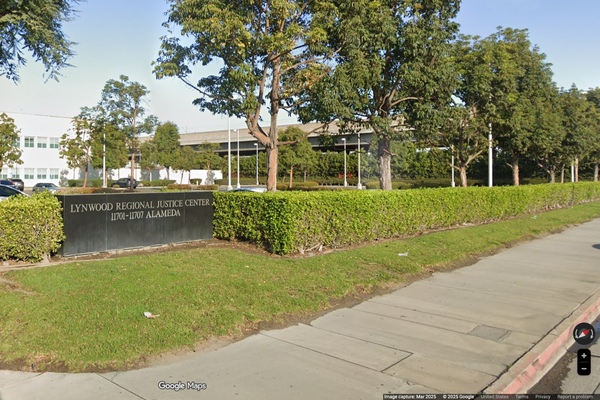
For the first time in nearly five years, we have a new trailer for a new Star Wars movie: The Mandalorian and Grogu.
There’s a lot that could be dissected in this new trailer. Will Sigourney Weaver’s Colonel Ward be a friend or a foe? Just how many Anzellans (the same species as Babu Frik, my favorite weird little guy in The Rise of Skywalker) will we see in the movie? And will a fandom inevitably spring up around Jeremy Allen White’s voice performance as Jabba the Hutt’s formerly-stinky son, Rotta the Hutt?
But I want to focus on one thing that stuck out to me when I first watched the trailer and saw the one-sheet teaser poster: the pulpy aesthetic of the marketing. Both the poster and the movie’s official title treatment look like something out of a film of the 30s, 40s, and 50s, down to the title cards of “Starring Pedro Pascal as ‘Din Djarin’ and ‘Grogu’ as Himself” and the tagline “if you’re searching for a new adventure, this is the way.”
It’s not the first time in recent years that a Disney movie has leaned into that pulpy aesthetic (justice for 2022’s Strange World), but it’s a vibe that makes sense for The Mandalorian and Grogu. It’s a design choice that I personally admire, especially for what the movie means both within the Star Wars universe and beyond.
This is the way… of classic Hollywood
I could spend another few thousand words outlining specific trends of classic Hollywood history: the rise of the pulp serial, the evolution of the adventure film, and things of that nature. But I will just focus on one aspect: that in the first half of the 20th century, as the mediums of film and television were being revolutionized multiple times over, the way people followed stories was weird.
A film or an episode of television, even if it was part of a long-running series, still had to serve as its own complete story, instead of potentially alienating audiences who were just joining for the first time. Even if someone was already a fan of something, they might not be closely following the story: a lot of viewers didn’t even arrive to the theater when the movie started, instead showing up whenever they want and then staying through to the next showtime until they saw the scenes they’d missed. (We can thank Alfred Hitchcock and Psycho for starting to change that.) Successful films got sequels, or television spinoffs, or even spiritual sequels with the same cast and crew, but none of that even got close to the kind of franchise-forward narratives that are everywhere today.
The Mandalorian and Grogu, in its own peculiar way, has been carrying the torch of that trend. It’s the continuation of a story that fans have already followed on a streaming service for years… but supposedly not the culmination, as future movies or even a fourth season of The Mandalorian are seemingly still within the realm of possibility. And even the chronological journey of Din and Grogu’s story has been slightly convoluted to follow, as arguably the most significant chapter of it happened in a random episode of The Book of Boba Fett.
When The Mandalorian and Grogu was first announced, I’d wondered how audiences would respond to the idea of having to bounce back and forth between formats in order to get the complete story. While a part of me still does wonder about that, I do think that evoking the energy of a classic adventure film or pulp serial helps, even on a subconscious level. You might not have to worry (or care) about the larger overarching narrative of Star Wars’ Disney+ era, but it seems like you can at least enjoy seeing the standalone story that the film is offering.
That’s the energy I wanted from The Mandalorian in its early days, before larger plot points and the looming threat of Grand Admiral Thrawn were folded into latter seasons. If we can at least get back to it with The Mandalorian and Grogu, then that’s promising.
Star Wars: The Mandalorian and Grogu is set to be released exclusively in theaters on May 22, 2026.
(featured image: Lucasfilm)
Have a tip we should know? [email protected]







